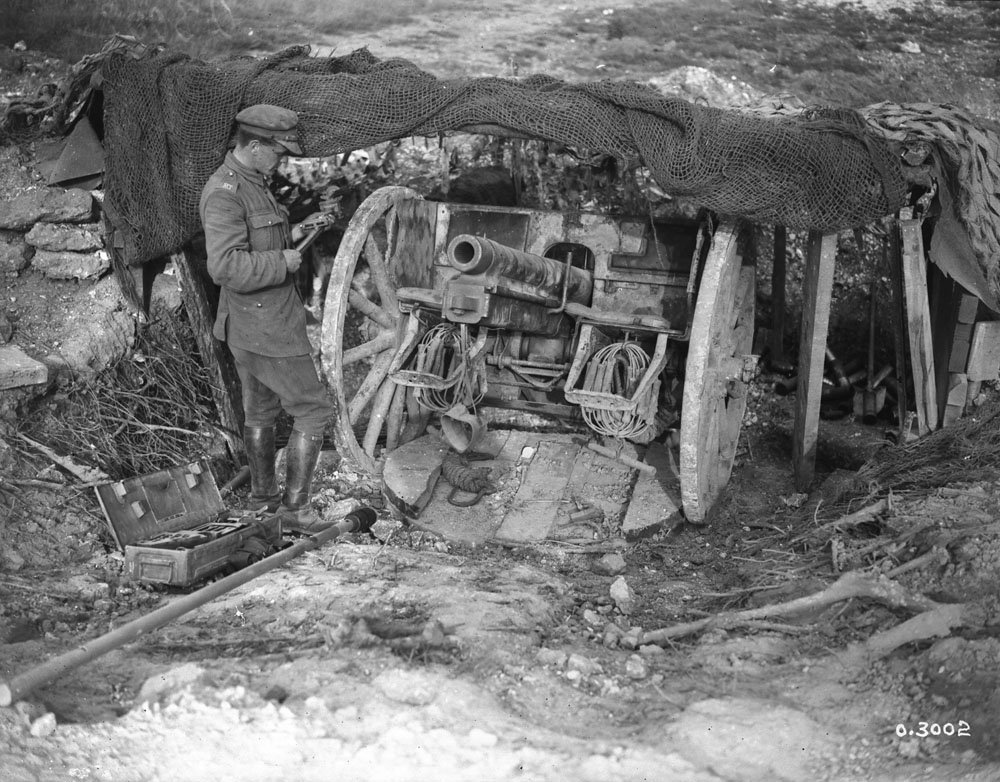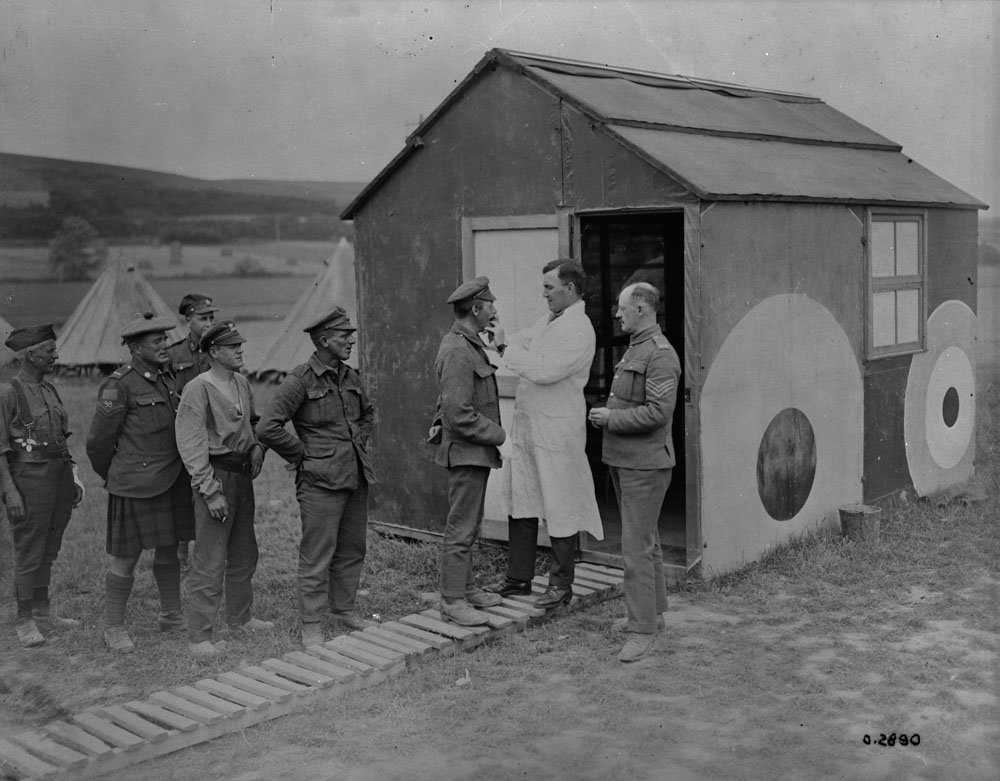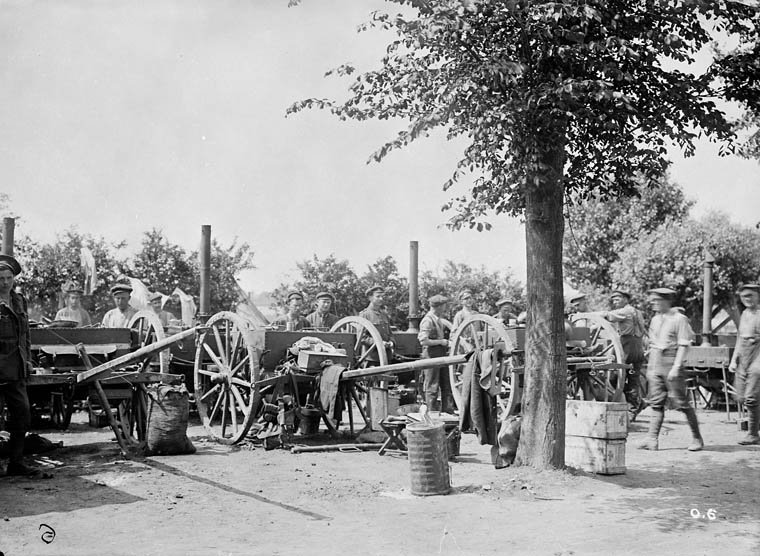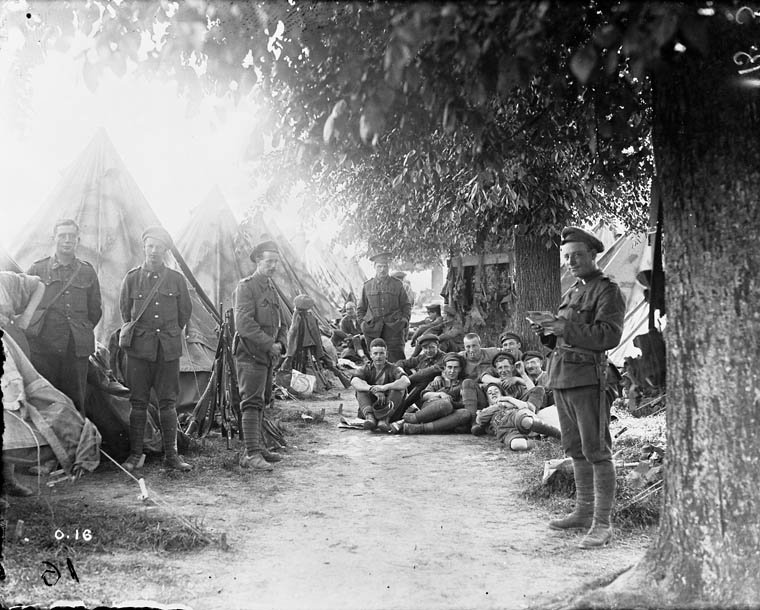Today marks the 76th anniversary of the Dieppe Raid. It's a great example in why it's important to cite your photography sources whenever possible. Wanna know why? Thread 👇🏼👇🏼 

Photograph is: Personnel landing craft draw away from a motor torpedo boat to start their run-in to the beaches during the raid on Dieppe, unattributed, August 1942, LAC MIKAN 3194301 #Dieppe
In 1939, the Canadian Army didn't have a plan for how it would hire photographers. January 1940, the Public Relations Office (PR) is set up in London. They are able to begin hiring photographers.
In 1941, the Canadian Army Film Unit is established, and includes even Hollywood cameramen like @Campbell1944. The two organizations, photography & film, merge in 1943 to become the Canadian Army Film and Photo Unit (CAFPU) #warphotos
But by summer 1941, most of the photographers and cameramen (not merged yet) haven't had an opportunity to photograph real battles. Dieppe represented their first chance to do so. Photographer Frank Royal and cameraman Alan Grayston are selected to do the job.
Sergeant Alan Grayston of the Canadian Army Film and Photo Unit filming a Canadian demonstration of German infantry tactics, Polegate, England, 28 March 1943, photo by Jack H. Smith, LAC MIKAN 3210377 

Days before the #DieppeRaid, Grayston was re-assigned. Instead, the British PR office is allowed to send 4 cameramen and a photographer.
According to historian Dan Conlin, who interviewed many CAFPU members in 1986, Grayston got drunk and went to his commander, Jack McDougall's office. He waved around his pistol around and took a few shots (no one was hurt).
Grayston was incredibly well-respected for his talent as a cameraman, and he was simply demoted to the rank of Private for a month.
Frank Royal was the only Canadian photographer who sailed off to #Dieppe to photograph the Raid. However, the chaos that ensued meant that he couldn't even make it off his ship. 

Photograph is: Infantrymen of The Queen's Own Cameron Highlanders of Canada going ashore during Operation Jubilee, 19 August 1942, unattributed, LAC MIKAN 3194300 #warphotos
So if Frank Royal was the only Army photographer at #Dieppe, why are these photographs not attributed to him? 2 reasons: LAC's metadata for WW2 photographs is incomplete. Fair enough! The collection is enormous and they're plugging away on records from WW1.
The other reason: the Army had a crew of photographers, but the RCAF and RCN both had their own photographers too. The images tend to be intermingled at LAC, meaning if a navy photographer was on board that day too, he could have taken some of the photographs.
But since no Canadian photographers landed at #Dieppe, the moral of this story is that all of the images you see on the beach and in the town tend to be by German photographers. 

Photograph is: Damaged Churchill tanks of the Calgary Regiment on the main beach at Dieppe, ca. 1942, German photographer, LAC MIKAN 3195154 #Dieppe
View looking east along the main beach at Dieppe, showing damaged Churchill tanks of the Calgary Regiment, ca. 1942, German photographer, LAC MIKAN 3195155 #Dieppe 

It is of crucial importance to recognize who took a photograph. No photograph is a mere recording of events - it is what an individual chose to capture, just like what an artist chose to paint.
In this context, it is important to know that the German photographer portrayed Canadians in a way that no Canadian Army photographer would have done for news images - with dead bodies sprawled on the ground. Cdn WW2 photogs felt this was unethical.
Canadians avoided capturing their own dead, but it wasn't impossible. Sgt. George A. Game operating his camera near San Leonardo di Ortona, Italy, 10 December 1943, photo by Frederick G. Whitcombe LAC MIKAN 3237911 

Game couldn't avoid shooting in a field of dead bodies, but he said he kept a copy of this photograph with him for the rest of his life.
There aren't many historians that talk about the history of the Canadian Army Photo Unit, (most studies are on the Film Unit), but you can learn more about both by reading: Sarah Klotz, Timothy Balzer & Dan Conlin. Also check out Dale Gervais' website: canadianfilmandphotounit.ca
Alright, let's wrap this thing up with some images. Including one of my absolute favs: [Wounded Canadian troops boarding a vessel after raid on Dieppe, France, 19 August 1942.] unattributed, LAC MIKAN 4976317 #Dieppe 

No.4 British Command (Lovat Scouts) returning after Dieppe raid to New Haven,
unattributed, LAC MIKAN 3207119 #Dieppe #WarPhotos
unattributed, LAC MIKAN 3207119 #Dieppe #WarPhotos

Capt. J.C.H. Anderson, of the Royal Regiment of Canada, discusses his experiences with a Canadian brigadier after returning wounded from the operation, August 19, 1942, unattributed, LAC MIKAN 3378926 

• • •
Missing some Tweet in this thread? You can try to
force a refresh


















